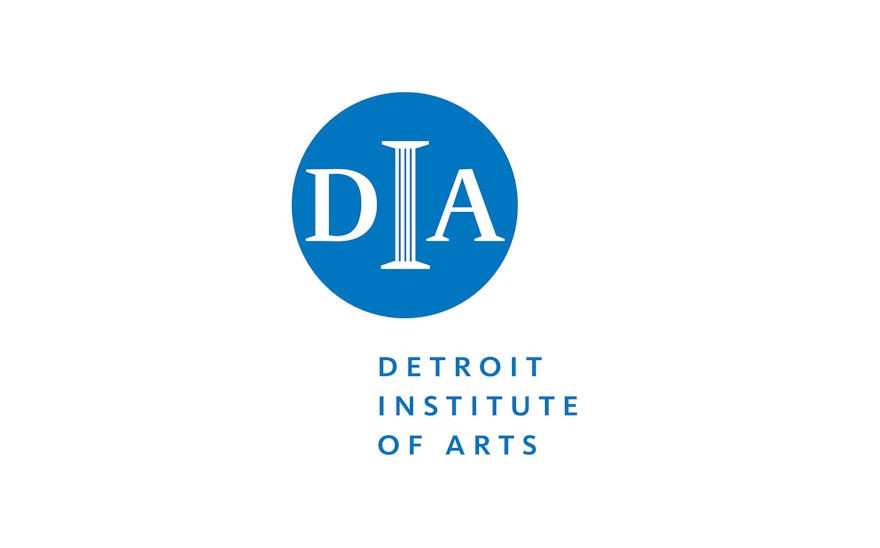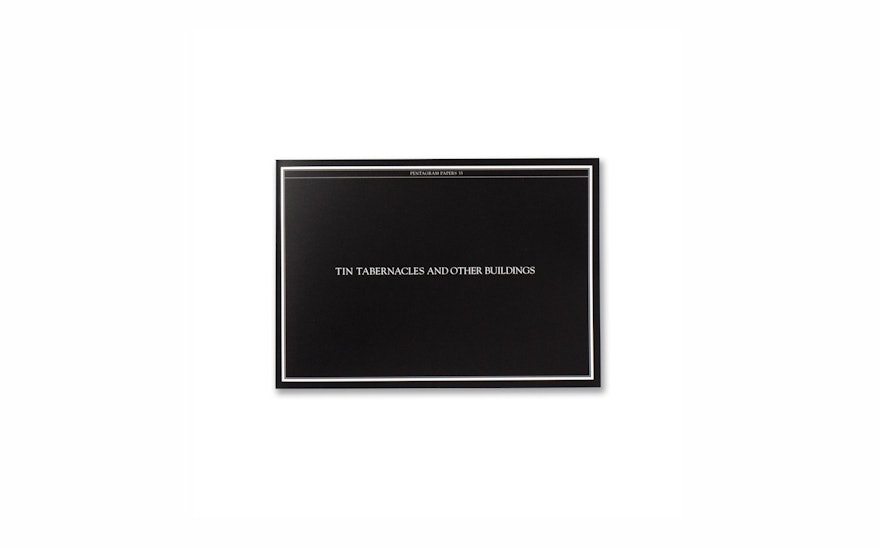Founded in 1885, the Detroit Institute of Art (DIA) is one of the largest fine arts museums in the U.S. In 2007 the museum completed a major renovation, designed by architect Michael Graves, that added 58,000 square feet to the institution’s already impressive 600,000. The project sought to “make sense” of the confusing floor plan of the pre-existing building by re-organizing the interior space, and also attempted to rethink the display of the museum’s permanent collection. As part of this revitalization, Pentagram created a new identity, signage and wayfinding for the institution, along with a suite of interactive installations.
The identity uses the “DIA” acronym to create a wordmark that turns the letter “I” into a classical column that references the building’s façade, classical antiquity and the role of the museum in the civic life of Detroit. Like the installations, the identity expresses the museum’s mission to present a rich historical experience that is relevant to contemporary audiences.
The graphic identity renders the full name of the institution in the modern typeface Kievit, portraying DIA as a modern organization in the service of a diverse public. The medallion is used with the signature in a variety of asymmetrical compositions. A second typeface, Celeste, is used in interpretive graphics in galleries and museum publications.
Maintaining a modern voice in the approach to and execution of all museum graphics was essential to the spirit of the new graphic identity and signage elements. The voice of the museum needed to be maintained on a level that is distinct from the historically and geographically diverse art that constitute the museum’s collections.
Similarly, the signage, developed with Entro, ties together the sprawling museum, its various additions and galleries. Wayfinding signage in the galleries is simple and appears in the distinctive blue of the identity. One of Graves’ innovations in the expansion was the creation of a “spine,” a two-block long corridor that connects the original building, the new addition and wings that were added in 1965 and 1971. Here the signage is literally a spine, vertically aligned and mounted perpendicular to the wall, showing what lies ahead.
DIA’s extensive holdings of over 60,000 objects was re-organized by theme, as opposed to period or medium, thus providing a more accessible storyline that answers the questions: “Why does this object exist?” and “Why is it in the DIA?” Technology plays a significant role in this presentation including interactive kiosks, video projections and hand-held computers that provide a multimedia visitor experience.

